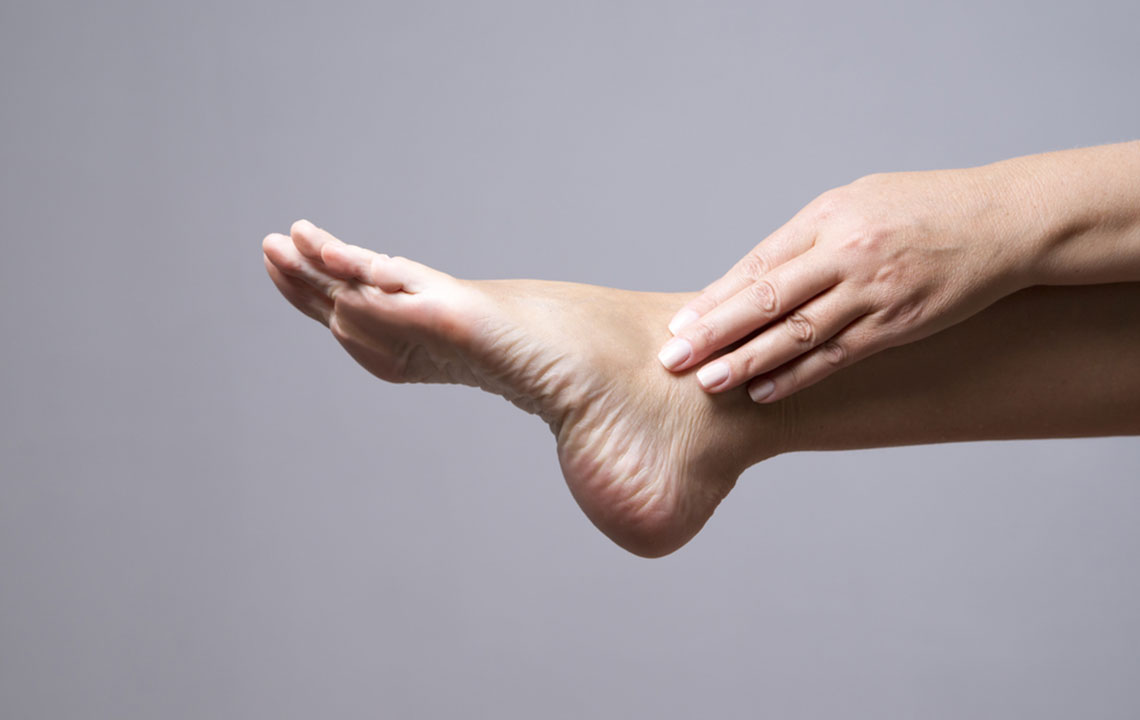Recognizing the Key Signs of Sciatica
Learn about the primary symptoms of sciatica, including lower back pain, leg discomfort, and muscle weakness. Understand causes, affected nerves, and treatment options to manage this common nerve condition effectively.

Sciatica commonly presents with several distinctive symptoms caused by nerve compression. The most frequent sign is lower back pain that radiates down one leg. Additional symptoms include discomfort in the hips, a burning sensation in the leg, and difficulty controlling foot or leg movements. Patients may experience leg weakness, persistent pain on one side, or sharp pains that hinder getting up from lying down. Since sciatica typically affects only one side, these symptoms can vary depending on which nerve root is affected, such as the S1, L4, or L5 nerves. Factors like spinal stenosis, herniated discs, muscle spasms, pregnancy, or lifestyle habits can trigger or worsen the condition.
Symptoms often intensify with sudden movements like sneezing or repositioning. The severity and presentation depend on the specific nerves involved, which branch from the lumbar and sacral spine. In rare cases, rapid symptom progression may require surgical intervention. Non-invasive treatments include pain medications, heat or cold therapy, and epidural injections. Seek immediate medical attention if symptoms worsen, affect both legs, or cause bladder and bowel control issues, although such cases are uncommon.










